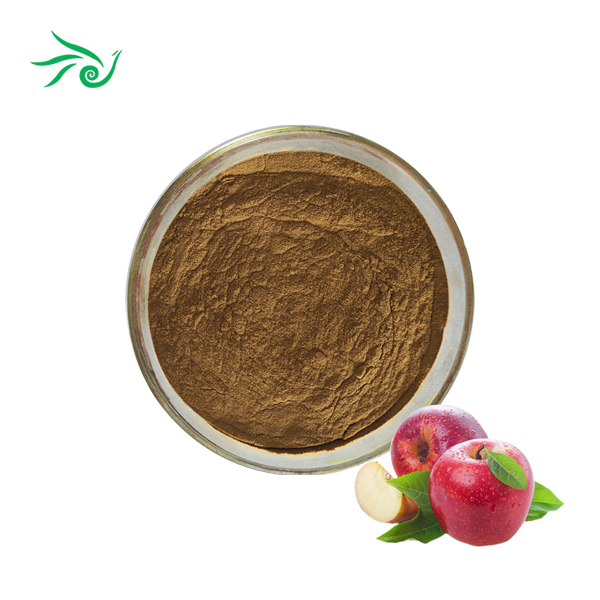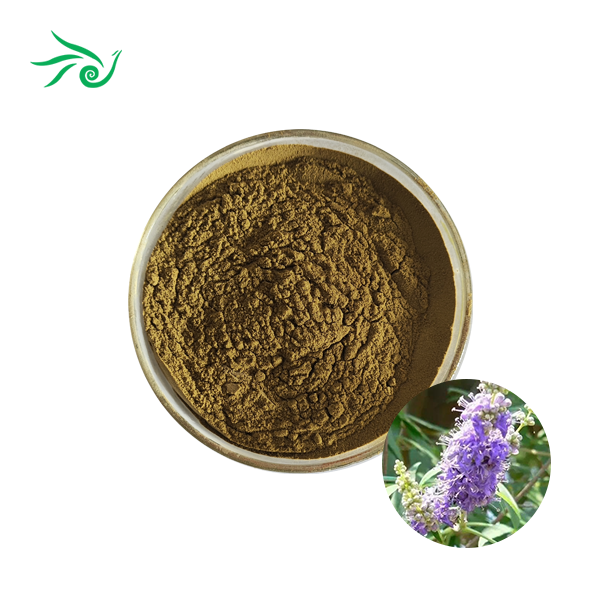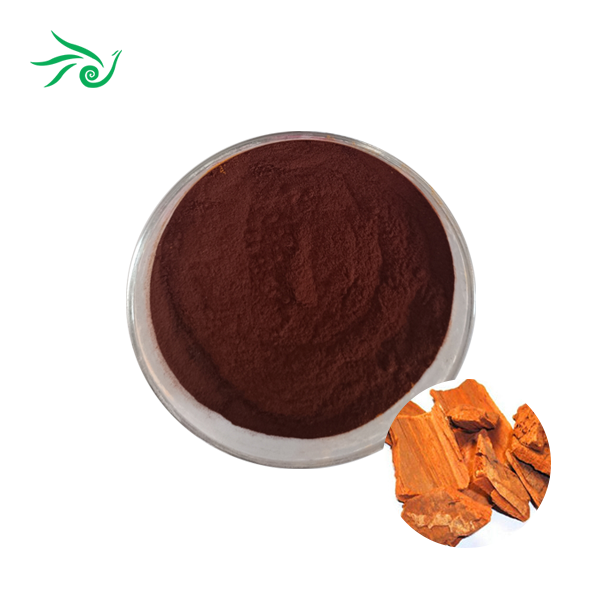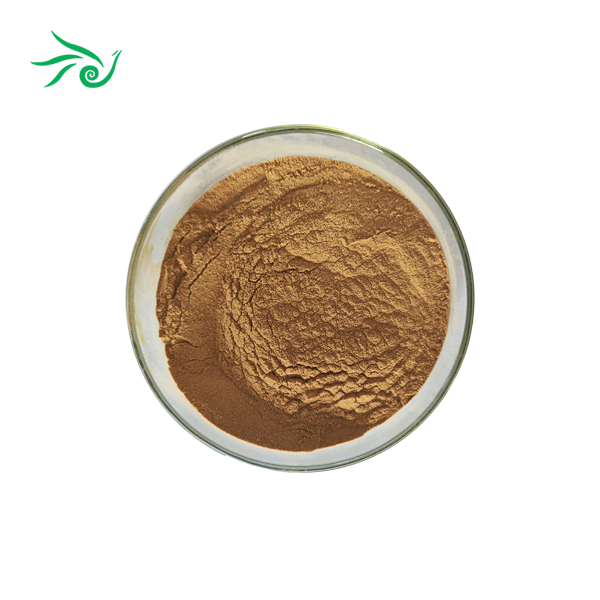Exploring Eucommia Ulmoides Extract: Traditional Uses and Modern Applications
2024-11-11 09:16:11
Traditional Chinese medicine has relied heavily on the Chinese tree Eucommia ulmoides extract. Due to its potential health benefits and numerous applications, its extract, which is derived from the bark, leaves, and fruit, has received a lot of attention in recent years. The fascinating world of Eucommia ulmoides extract is explored in this article, along with its historical significance, contemporary scientific findings, and promising prospects for the future.
The Rich History and Cultural Significance of Eucommia Ulmoides
Ancient Chinese Medicine and Eucommia Ulmoides
Traditional Chinese Medicine (TCM) has used Eucommia ulmoides, also known as Du Zhong or the Hardy Rubber Tree, for more than 2,000 years. It is mentioned in ancient texts as having benefits for extending life, nourishing the liver and kidneys, and strengthening bones. The medicinal properties of the bark, in particular, were highly prized, and it was frequently prescribed for various ailments.
Cultivation and Harvesting Practices
In the past, the cultivation of Eucommia ulmoides in particular parts of China focused on the quality of the soil and the climate. The process of collecting the bark was regarded as an art, and in order to obtain the most potent product, it was typically taken from trees that were at least 15-20 years old. The extract's reputation as a premium medicinal ingredient was helped along by this meticulous method of cultivation and harvesting.
Folklore and Cultural Beliefs
Eucommia ulmoides held a special place in Chinese folklore beyond its medicinal uses. It symbolized the capacity to thrive in difficult circumstances and was frequently associated with vitality and resilience. Its status as a revered natural remedy was strengthened by its cultural significance, which also contributed to its continued popularity throughout Chinese history.
Understanding the Composition of Eucommia Ulmoides Extract
Key Bioactive Compounds
Eucommia ulmoides extract is a complex mixture of various bioactive compounds. Among the most notable are:
- Lignans: Including pinoresinol diglucoside and syringaresinol diglucoside
- Iridoids: Such as aucubin and geniposidic acid
- Phenolic compounds: Including chlorogenic acid and caffeic acid
- Polysaccharides: Complex carbohydrates with potential immunomodulatory effects
- Flavonoids: Including quercetin and kaempferol derivatives
These compounds work synergistically to contribute to the extract's diverse biological activities.
Extraction Methods and Their Impact on Composition
The method of extraction plays a crucial role in determining the final composition and potency of Eucommia ulmoides extract. Common extraction techniques include:
- Water extraction: Traditional method, yielding water-soluble compounds
- Ethanol extraction: Extracts both polar and non-polar compounds
- Supercritical CO2 extraction: Yields a highly concentrated extract rich in lipophilic compounds
Each method results in a unique profile of bioactive compounds, influencing the extract's potential applications and efficacy.
Quality Control and Standardization
The need for strict quality control and standardization grows with the demand for Eucommia ulmoides extract. To guarantee consistent potency and composition, cutting-edge analytical methods like mass spectrometry and high-performance liquid chromatography (HPLC) are used. Standardization usually focuses on important indicators like pinoresinol diglucoside or total iridoid content, which makes research and product development more reliable and repeatable.
Traditional Uses of Eucommia Ulmoides Extract
Bone and Joint Health
The ability of Eucommia ulmoides extract to support bone and joint health has long been recognized in traditional medicine. It was frequently prescribed to treat arthritis, lower back pain, and general bone and tendons weakness. Due to the resinous nature of the bark, which was thought to strengthen the skeleton, it was a popular choice for elderly people and those recovering from injuries.
Cardiovascular Support
The extract of Eucommia ulmoides was also traditionally used to improve cardiovascular health. It was believed to aid in blood pressure management, enhance circulation, and strengthen the heart. Because of these beliefs, it is still used in TCM practice in various cardiovascular tonics and formulations.
Reproductive Health and Fertility
The extract of Eucommia ulmoides was also linked to fertility and reproductive health in traditional Chinese medicine. It was frequently prescribed to both men and women to support pregnancy, improve reproductive function, and ease menstrual discomfort. This application emphasizes the extract's alleged ability to nourish and balance the body's vital energies.
Modern Scientific Research on Eucommia Ulmoides Extract
Antioxidant and Anti-inflammatory Properties
The mechanisms that underlie the traditional applications of Eucommia ulmoides extract have been the subject of recent scientific research. Due to its abundance of polyphenols and other bioactive compounds, research has demonstrated significant antioxidant and anti-inflammatory properties. Its potential to reduce body inflammation and prevent diseases linked to oxidative stress may be enhanced by these properties.
Metabolic Health and Diabetes Management
Recent studies suggest that Eucommia ulmoides extract may aid in diabetes management and metabolic health. Potential effects on lipid profiles, insulin sensitivity, and glucose metabolism have been studied. The extract's potential application in the management of metabolic disorders and possibly the prevention of diabetes-related complications is now open to investigation thanks to these findings.
Neuroprotective Effects
The potential neuroprotective effects of Eucommia ulmoides extract are the focus of exciting current research. Some of the extract's compounds have been shown to reduce oxidative stress in the brain, support the health of neurons, and possibly improve cognitive function, according to preliminary research. These findings have promising applications in cognitive support and brain health, despite the need for additional research.
Modern Applications and Product Development
Nutraceuticals and Dietary Supplements
Nutraceuticals and dietary supplements are increasingly incorporating Eucommia ulmoides extract due to the growing body of scientific evidence demonstrating its health benefits. Standardized extracts are frequently used in products that promote cardiovascular health, joint support, and bone health. Supplements based on Eucommia ulmoides are gaining popularity in markets outside of traditional TCM strongholds as consumer interest in natural health solutions grows.
Cosmetic and Skincare Applications
The cosmetics industry is interested in Eucommia ulmoides extract because of its antioxidant properties. Its inclusion in a variety of skincare products has resulted from its ability to delay the signs of aging of the skin, increase elasticity in the skin, and encourage a radiant complexion. The extract is finding its way into formulations that support skin health and appearance, including moisturizers and anti-aging serums.
Functional Foods and Beverages
Eucommia ulmoides extract is becoming more and more common as a component in functional food products as consumers look for foods and beverages with additional health benefits. To make use of the extract's potential health-enhancing properties, products like tea, energy drinks, and even snacks with added vitamins are being developed. Traditional remedies are increasingly being incorporated into contemporary, convenient food formats, as evidenced by this trend.
Safety Considerations and Regulatory Status
Traditional Safety Profile
Traditional medicine has used Eucommia ulmoides for a long time, and its safety profile is generally favorable. It has been used for centuries as a tonic and as a medicine, and no significant adverse effects have been reported. Despite the fact that contemporary scientific evaluation is crucial for confirming these traditional observations, this historical use serves as a foundation for its perceived safety.
Modern Safety Assessments
The safety of Eucommia ulmoides extract has been the focus of recent research through clinical trials and toxicological studies. Although certain medications, particularly those that have an effect on blood pressure or blood sugar levels, have been linked in some studies to potential interactions, they are generally regarded as safe when used as directed. Before using any dietary supplement, consumers should consult a physician, especially if they have any existing medical conditions or are taking any medications.
Regulatory Status and Quality Control
The regulatory status of the extract of Eucommia ulmoides varies from country to country. It is regarded as a traditional herbal medicine in some regions, while it may be regulated as a dietary supplement in others. This variation highlights the significance of adhering to quality control guidelines and ensuring product safety through stringent manufacturing and testing procedures. To ensure the purity and potency of their products, reputable manufacturers typically adhere to Good Manufacturing Practices (GMP) and carry out testing by a third party.
Conclusion
The Eucommia ulmoides extract is a fascinating look at the potential of traditional remedies in modern healthcare because it sits at the intersection of ancient wisdom and contemporary science. New applications and products are likely to emerge as research continues to decipher its intricate composition and diverse biological activities. While its traditional applications provide a solid foundation, ongoing scientific research is essential to fully comprehend and utilize this remarkable natural extract's potential. The responsibility to ensure its safe and effective use through ethical product development, rigorous research, and quality control increases with interest.
Contact Us
Do you want to learn more about how Eucommia ulmoides extract could help you with product development or research? Shaanxi Huachen Biotech Co., Ltd. supplies Eucommia ulmoides extracts of a high quality that have been standardized and are backed by strict quality control and scientific expertise. To learn more about our products and how we can support your innovative projects, please get in touch with us at dongqian@sxhcbio.com.
References
Wang, L., et al. (2019). "Eucommia ulmoides: Ethnopharmacology, phytochemistry and pharmacology of an important traditional Chinese medicine." Journal of Ethnopharmacology, 225, 18-30.
He, X., et al. (2014). "Cardiovascular effects of Eucommia ulmoides Oliv. (Du-Zhong) and its phytochemical constituents." Molecules, 19(5), 5948-5967.
Kwon, S.H., et al. (2011). "Neuroprotective effects of Eucommia ulmoides Oliv. Bark on amyloid beta(25-35)-induced learning and memory impairments in mice." Neuroscience Letters, 487(1), 123-127.
Hirata, T., et al. (2014). "Extraction of Eucommia ulmoides Oliver leaf extract and its bioactive compounds using supercritical carbon dioxide." Separation and Purification Technology, 130, 268-275.
Zhang, R., et al. (2018). "Eucommia ulmoides (Du-Zhong) as a potential treatment for Osteoporosis and Osteoarthritis." The American Journal of Chinese Medicine, 46(7), 1445-1458.
Liu, Y., et al. (2015). "Metabolomics analysis reveals the effect of Eucommia ulmoides on improving glucose and lipid metabolism in diabetic mice." Molecular BioSystems, 11(8), 2260-2270.
Send Inquiry
.webp)





